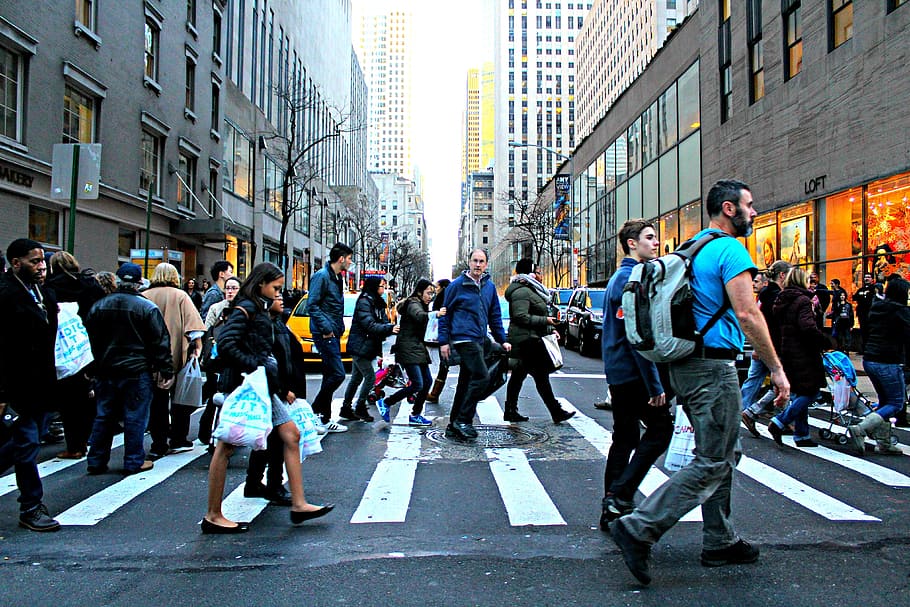Wine Tasting
페이지 정보

본문
Wine Tasting
What is the tasting process?
The tasting process in wine tasting includes several key steps that assist evaluate and respect the complexities of wine. Here’s a breakdown of every stage:
1. Observation
Begin by examining the wine’s look. This contains:
- Color: Observe the hue, which can present insight into the age and type of the wine.
- Clarity: Look for any cloudiness or sediment.
- Viscosity: Swirl the wine and observe the legs that form on the glass; thicker legs may point out higher alcohol content or sweetness.
2. Swirling
Gently swirl the wine within the glass to aerate it, which enhances its aromas. This motion encourages volatile compounds to flee, enriching your sniffing expertise.

3. Smelling
Bring the glass to your nose and take a deep breath. Identify totally different aromas, which may range from fruity, floral, spicy, to earthy. Think about:
- Intensity: How sturdy are the aromas?
- Complexity: Are there a number of layers of scents?
4. Tasting
Take a small sip of the wine and let it coat your palate. Focus on:
- Flavor: What flavors do you detect? Are they similar to the aromas?
- Body: Is the wine light, medium, or full-bodied?
- Balance: Consider the relationship between acidity, sweetness, tannins (in reds), and alcohol.
- Finish: Pay consideration to the aftertaste; does it linger? What flavors remain?
5. Reflecting
Take a second to understand the overall expertise. Consider how the wine makes you're feeling and whether or not you wish to take pleasure in it once more. Document your impressions if you’re tasting a number of wines!
Following these steps can improve your wine-tasting expertise, permitting you to understand the intricacies of various varieties and types.
What is wine tasting session?
A wine tasting session is an organized event the place people can pattern and evaluate various wines. It is a chance to discover totally different wine varieties, understand their distinct flavors, and study about the wine-making course of.
Key Components of a Wine Tasting Session
- Selection of Wines: A variety of wines are chosen for the tasting, typically specializing in a specific region, grape variety, or style.
- Tasting Techniques: Participants are guided on how to properly taste wine, which includes wanting, smelling, and sipping to investigate the wine’s traits.
- Food Pairings: Some periods may embrace meals pairings, enhancing the tasting expertise by demonstrating how certain meals complement specific wines.
- Expert Guidance: Typically, a sommelier or wine professional leads the session, providing insights and answering questions on each wine.
Common Objectives of Wine Tasting
- To develop an appreciation for different wine kinds and flavors.
- To educate participants about wine areas, grape varieties, and manufacturing methods.
- To identify personal preferences for wines.
- To foster social interaction among members via a shared expertise.
Overall, a wine tasting session is each an educational and gratifying occasion, excellent for wine lovers and novices alike.
Is wine tasting formal?
Wine tasting can vary in formality relying on the setting and occasion. In some instances, 오피커뮤니티 it can be fairly formal, happening in upscale environments the place specific protocols are adopted. This might include guided tastings led by sommeliers, with a focus on the wine's characteristics and pairing recommendations.
On the opposite hand, wine tasting may additionally be an informal expertise, such as at festivals, casual gatherings, or residence tastings with associates. In these situations, the emphasis is commonly extra on enjoyment and exploration quite than strict guidelines.
Formal Wine Tasting
In a proper wine tasting, participants may costume up, adhere to a schedule, and participate in structured evaluations of different wines. The use of specific terminology and the presence of a facilitator is common. Tasting notes may be taken, and meals pairings are often included to reinforce the expertise.
Casual Wine Tasting
Conversely, casual wine tasting permits for extra flexibility. Participants may simply pour and sip with none predefined construction or tips. Discussions may be informal, focusing on personal preferences and experiences rather than technical details.
Ultimately, whether or not a wine tasting is formal or informal can depend on the context and the preferences of these concerned.
- 이전글Turn Your 新竹 推拿 Into A High Performing Machine 25.01.24
- 다음글3 按摩師證照班 You Should Never Make 25.01.24
댓글목록
등록된 댓글이 없습니다.
